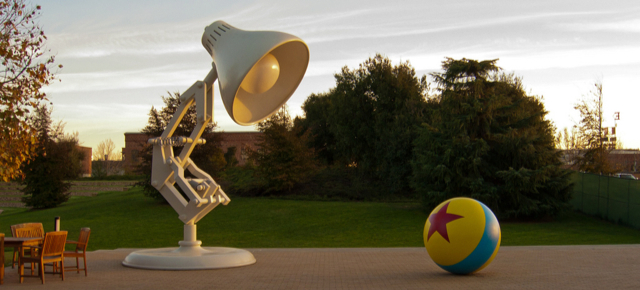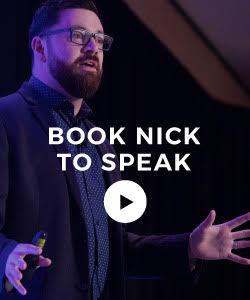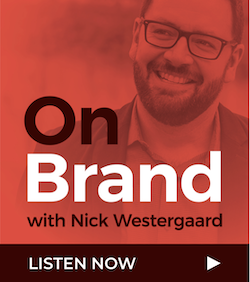One of the most creative companies churning out quality product at an unprecedented rate is Pixar. Over the past two decades, the Disney-owned animation studio has produced a string of critical and commercial successes in an industry where success is becoming more elusive.
In his new book Creativity, Inc., Pixar Chief Ed Catmull outlines how they’ve fostered an environment that makes this possible. One key technique is employing what they call a brain trust of directors, producers, and writers who serve as an advisory council, offering candor and criticism on each film.
At Pixar this brain trust is made up of some of the company’s earliest directors and editors who continue to helm Pixar projects such as Andrew Stanton (Finding Nemo), Pete Docter (Monsters, Inc.), and Brad Bird (The Incredibles). Throughout the creative process this group convenes to check in on a film’s story and production. Charged with highlighting weaknesses in the process and product, the brain trust provides the director with items to address but has no authority to mandate specific fixes. The responsibility for the project ultimately lies with the director.
The brain trust isn’t just responsible for the success of Pixar films. When Disney acquired the company, Catmull and his partner John Lasseter were put in charge of the parent company’s then-floundering animation, where they implemented the brain trust approach as well. The result? A string of hits such as Tangled, Wreck-It Ralph, and Frozen.
As an animation geek, I could explore Pixar’s history and culture for days on end but you may be wondering what this has to do with you and your brand.
Too often, we struggle when it comes to roles and responsibilities related to our brands. We fear creating a singular brand czar and yet we also don’t want the brand to slip through the cracks if it’s not on anyone’s radar. Creating a brand brain trust might be a good fit for this organizational challenge.
Your brand can be tricky to get your arms around. While many minimize brands as art projects featuring flashy logos and slogans, our brands are really a gestalt made up from our customers’ experiences across a variety of seemingly random and often disconnected touch points.
It’s this sprawling nature of branding that can be effectively addressed by creating an internal brain trust. For example, in their journey to becoming a customer, an individual might respond to an ad on Facebook, which takes them to your website (these touch points are probably connected as both are often the domain of the marketing department). What happens next is where we run into the disconnect.
Once someone starts down the path to purchase we run into customer service, shipping, logistics, and more. In addition to being other stages in the sales cycle, these areas are often other departments. While marketing often shares new and exciting things with these groups, they’re seldom proactively involved in the brand-building experience. And yet it’s these touch points along the way where you can create exceptional moments that can enhance the bigger picture than is your brand.
For example, when they send you a monthly cartridge of razor blades, Dollar Shave Club maximizes the space on their shipping materials with fun quips and helpful tips (“Shave time, shave money.”). Consider adding these other stakeholders to your brand brain trust to avoid missing opportunities such as this.
Like the creatives in Pixar’s brain trust, these advisors can offer candor and criticism. Ultimately, everyone at your organization is part of your brand. Finding ways to bring them into the fold not only helps you build a better brand. It helps you build a more connected brand experience that better connects you with your customers.









